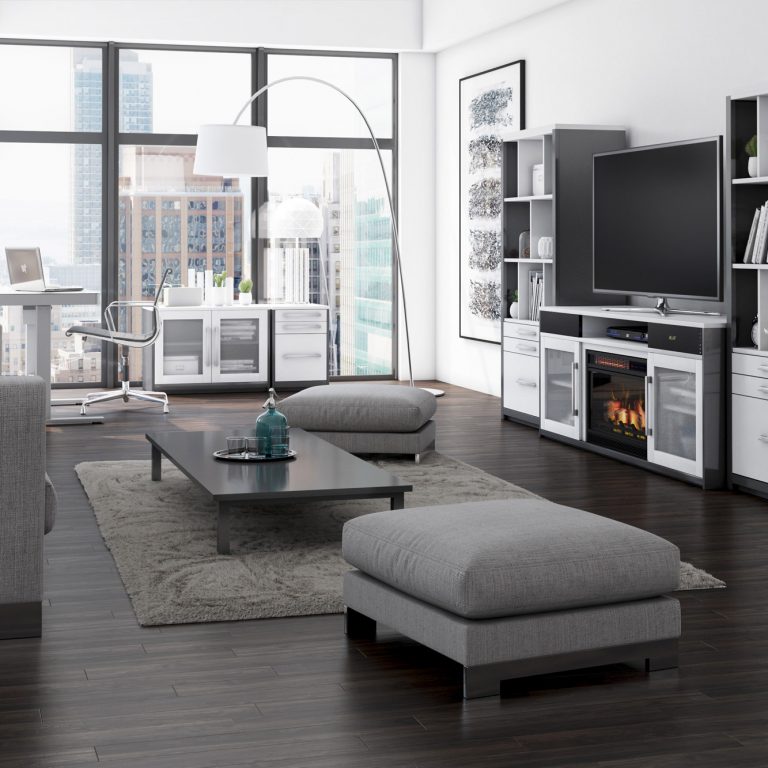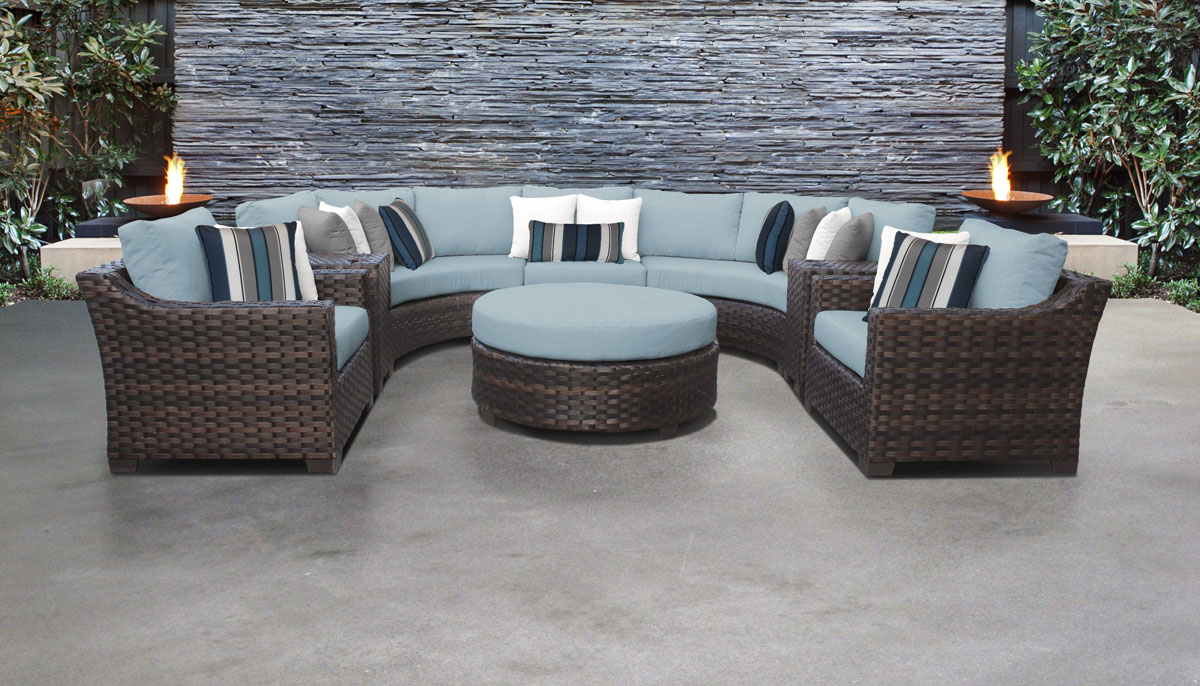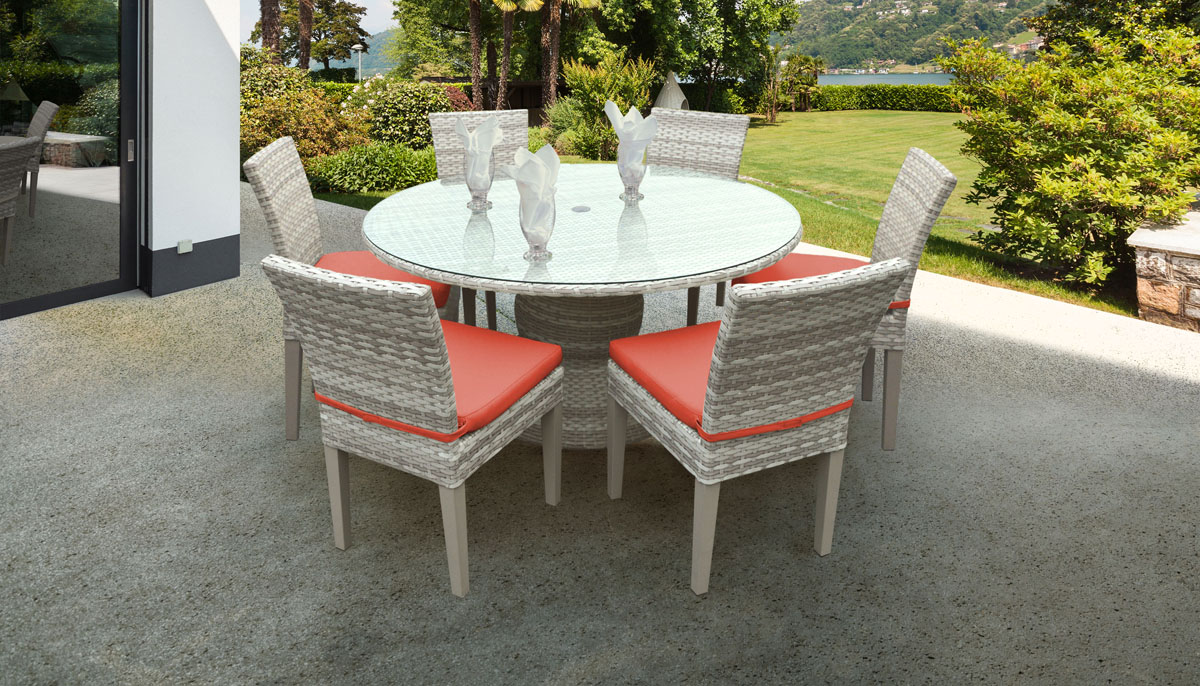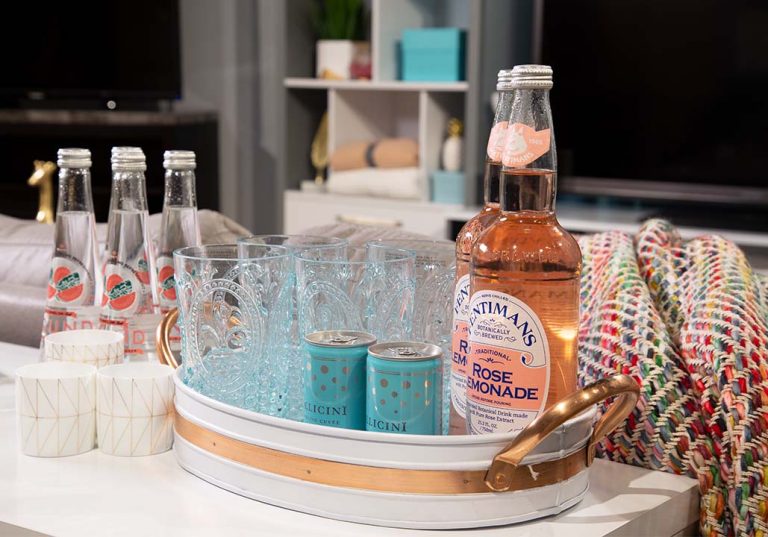
Get Inspired
Let’s Dress Up Those Doors and Windows
One of the basic rules for any decorating project is to accentuate the positives and camouflage the negatives. While simply stated, this task is not necessarily easy. The positives and negatives must be identified before the proper action can take place.
Since this rule applies to the whole house, it’s best to break up the architectural spaces into categories: windows, doorways and walls. The earliest records of decorative or functional treatments for windows and doorways date back to the caveman. He kept out drafts by hanging decorated animal hides over the entrance to the cave. And he used large pieces of crystal rock to fill cracks in the cave walls and thus invented the first window.
Window Treatments and Your Room’s Architecture: Making the Most of Both
Today, we use window and door treatments as decorative accents as well as environmental protection from the weather. Before you redecorate, you must explore the almost limitless possibilities of window treatments and how to deal with the multitude of different shapes. Often, the room’s design will need to be keyed off this design detail.
If the architectural shape is outstanding, the view terrific, and the climate good, perhaps the best treatment is no treatment at all. This is especially true for high Palladian or arched windows; stained glass or leaded glass; slanted or trapezoid shaped; large single panes called picture windows; clerestory windows placed high up on a wall, and full walls of glass. However, when a room has bare floors and / or lots of exposed wooden furniture, it may begin to feel hard, cold, almost hollow in feeling. The addition of some soft fabric treatment, even to these architecturally shaped windows, can often add warmth. Solutions that are energy-effective would include any type of material with insulating value. Draperies or sliding panels can be lined with sun-and weather-resistant linings. These are not only decorative but give you protection from the elements.

Spectacular views which still require some privacy can be achieved with one of the many sheer casement fabrics that will screen the windows but not block the entire scenery. Vertical or horizontal blinds have gained great popularity because of their great flexibility that allows various degrees of view, sun, privacy or total openness. Even decorative patterns of fabric or wallpaper can be applied to these blinds.

How to Handle Unusually Shaped Windows or Window Groupings
Unusually proportioned windows can be an asset or an eyesore, depending on how you handle them. Short windows that cut a wall in half will make the entire room look shorter. While cafe curtains, or half-curtains, will do the trick of covering the opening adequately, a floor to ceiling camouflage of opaque draperies, fabric panels or shutters would hide this awkward defect.
Bathroom Windows and Privacy: How to Make it Work
Two windows on the same wall, each a different size, can also create an unbalanced look in the room. Again, by using the entire space above and below the windows and between the windows, you can create the illusion that there is one large window behind the treatment instead of the two uneven ones.
Bathroom windows always create special problems. Since privacy is especially important, many people put up coverings that are never opened, and therefore the advantage of natural light is nonexistent. Think about replacing the window with a decorative piece of glass, either leaded in the traditional stained-glass style or perhaps a more contemporary design, etched and frosted. This will create a light and airy effect that is not only elegant and decorative but will provide plenty of privacy. Many mirror and glass companies can handle this installation for you. While the cost is more expensive than more conventional treatments, the results are certainly worth it.

What to do with Bay Windows?
Bay windows, that is, three or more windows set at angles to one another, can be especially effective as a decorative asset if handled properly. There are special curved rods available which allow you to hang drapery treatments directly along the contour of the window. Vertical and horizontal blinds can also be hung within the shape of the bay window. Many homes built in the 1950s have a particular type of bay that features many square glass sections fitted with-in it. Some people have chosen to put small collectibles on the little individual sills that separate these panes of glass. In most cases, these collections are a distraction rather than an effective way to decorate this type of window. Collections belong on real shelving, not window sills.
Doors and Window Treatments: Make Sure They Work Together
Doors are another story. Doors that are not solid and have some type of window glass opening may require attention if environment or privacy is a problem. Two door styles often found in today’s homes are sliding glass doors in contemporary homes and French doors in traditional houses. When the situation does require some type of treatment, the glass area needs to be handled as if it were a window. Care, however, must be taken to have draperies, blinds, panels or shutters installed in such a way as to permit passage through the doorway without coming in contact with the decorative treatment. Clearance must be enough to avoid obstruction and possible wear and tear of the treatments.



